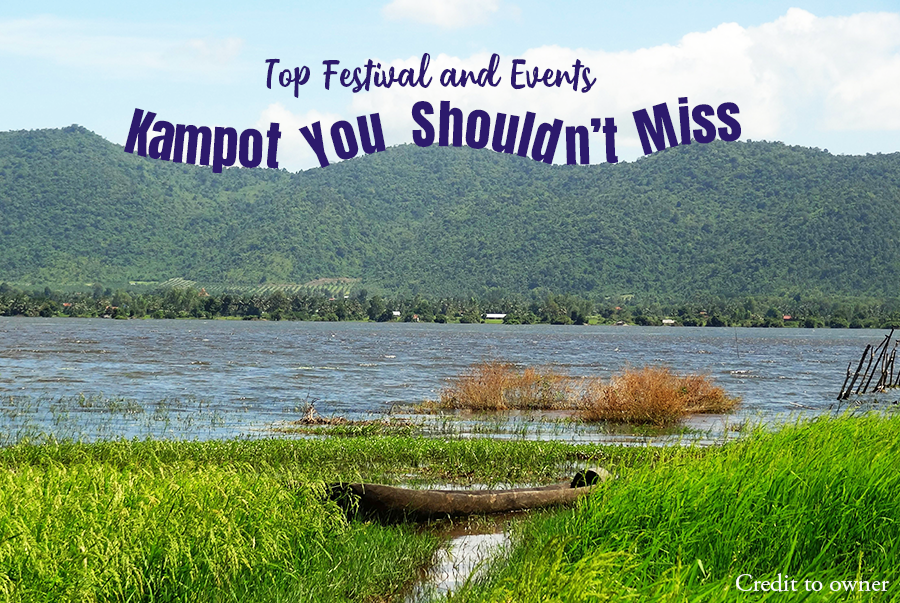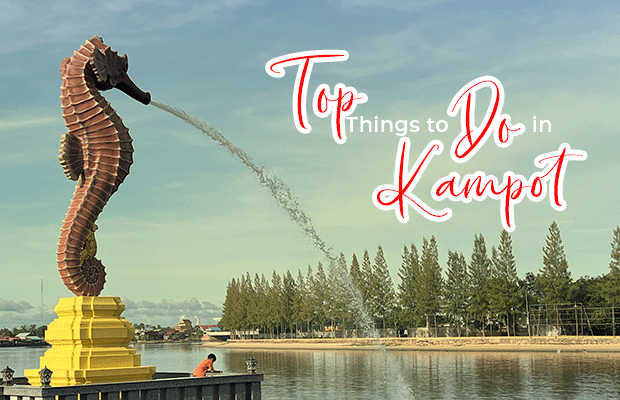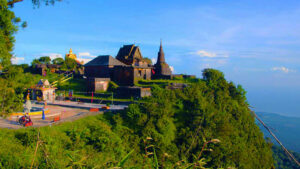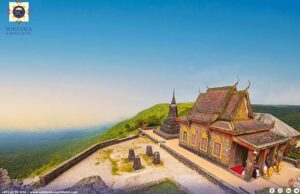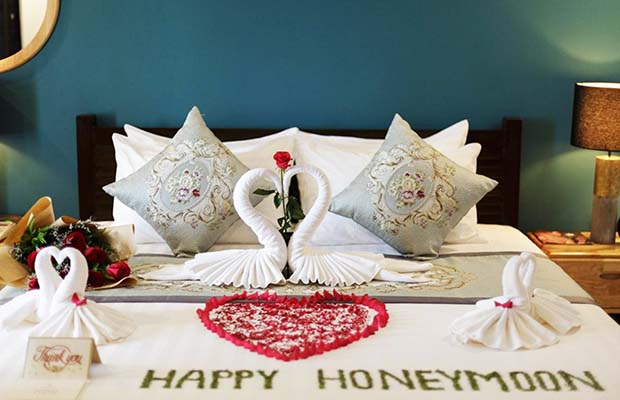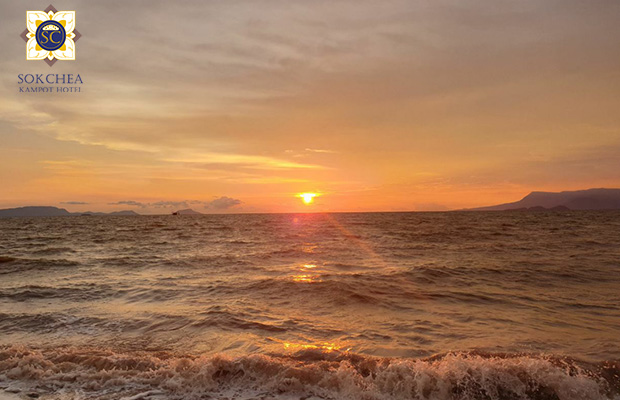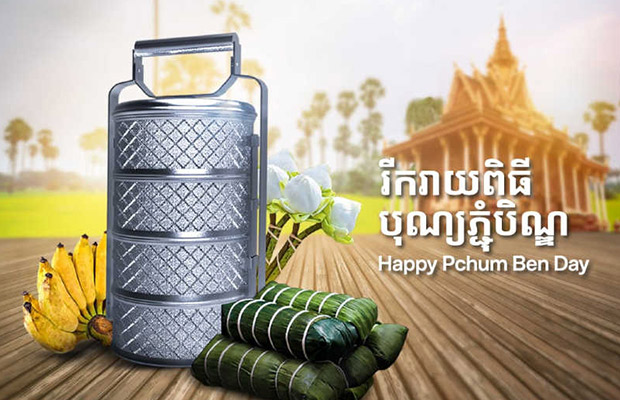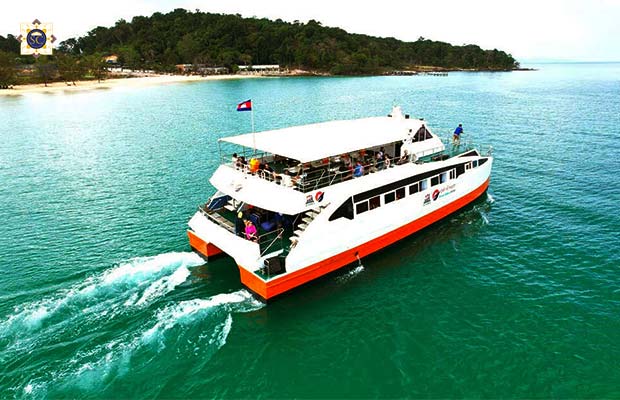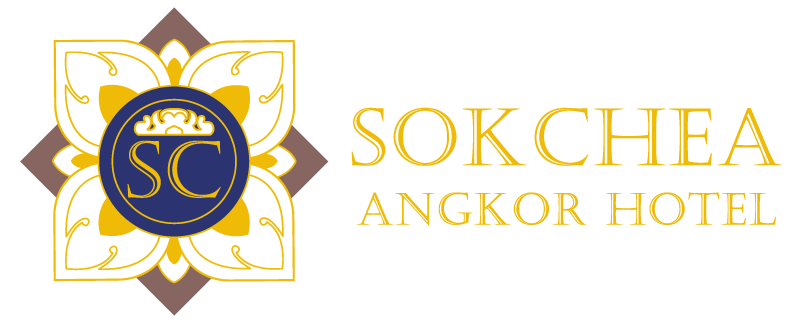Khmer New Year, or Choul Chnam Thmey, is one of the most significant and joyous celebrations in Cambodia, marking the transition to the new year according to the traditional Buddhist calendar. In 2025, the festival will take place from April 14 to 16, bringing families, communities, and visitors together for three days of vibrant festivities, cultural traditions, and religious ceremonies. The celebrations begin with Maha Sangkran, the first day when people clean their homes, wear traditional Khmer clothing, and visit pagodas to offer prayers and seek blessings for the new year. The second day, Veareak Vanabat, is dedicated to acts of charity, as families donate food and essential items to monks, the elderly, and those in need, reflecting the spirit of kindness and generosity that defines the holiday. The final day, Veareak Leung Sakk, is marked by Buddha bathing ceremonies, symbolizing purification and renewal, and is a time for families to gather, share meals, and engage in traditional games and celebrations. Across Cambodia, cities, towns, and villages come alive with joyful activities, including cultural performances, music, and traditional games such as Chol Chhoung and Bos Angkunh, which bring communities together in playful competition. The highlight of Khmer New Year in 2025 will be the Angkor Sankranta Festival in Siem Reap, a large-scale cultural event hosted at Angkor Wat and other key locations, where visitors can experience traditional dance performances, martial arts demonstrations, and culinary showcases that celebrate Cambodia’s rich heritage. As one of the most anticipated festivals of the year, Khmer New Year is a time of reflection, gratitude, and renewal, where people honor their ancestors, strengthen family bonds, and welcome the future with optimism and joy. Whether in the bustling streets of Phnom Penh, the historic temples of Siem Reap, or the tranquil countryside, the spirit of the festival unites Cambodians in a shared expression of culture, happiness, and national pride.

